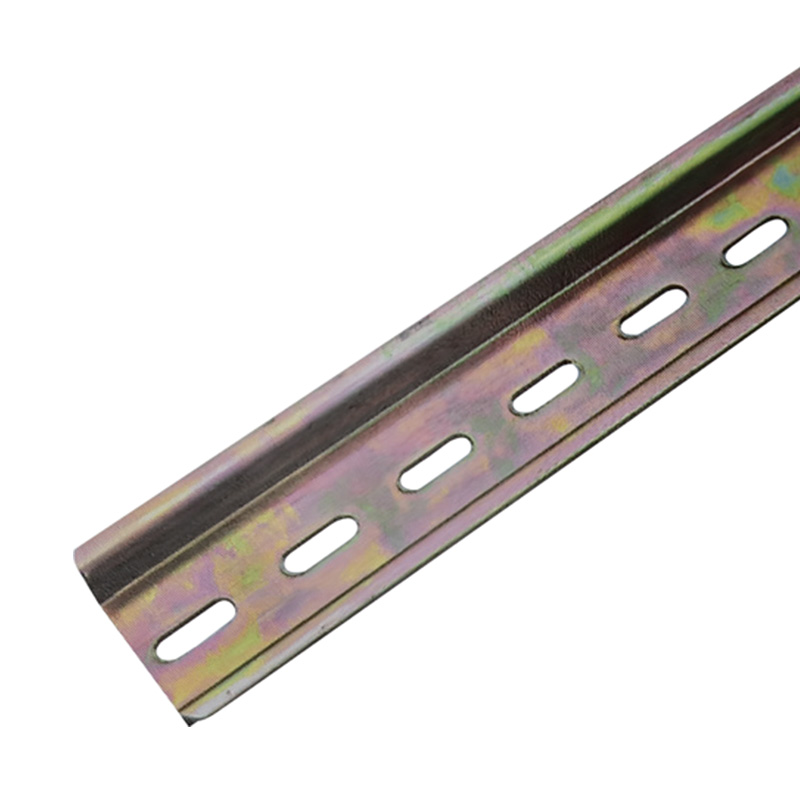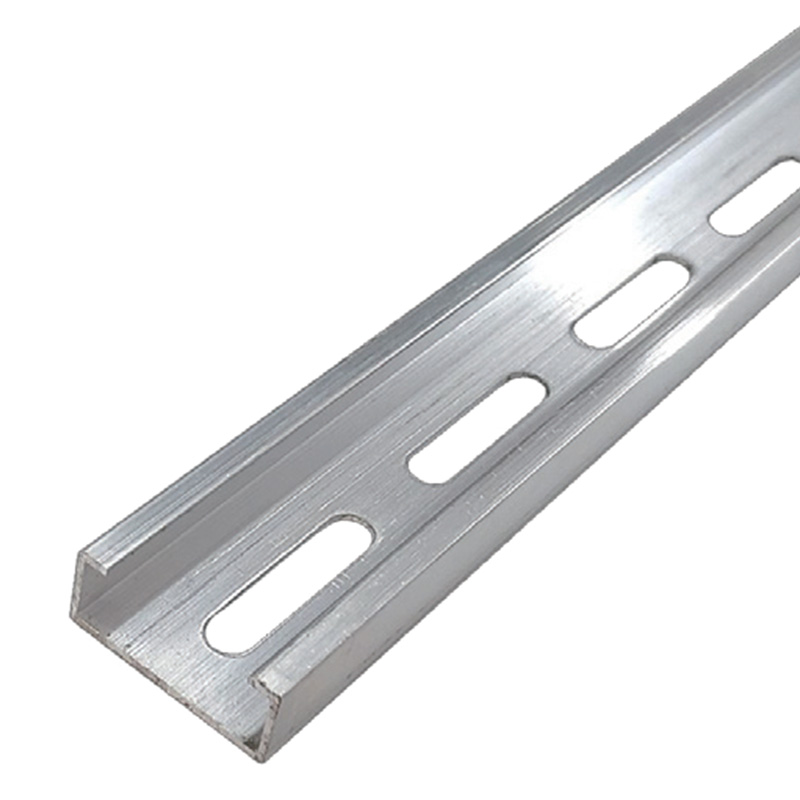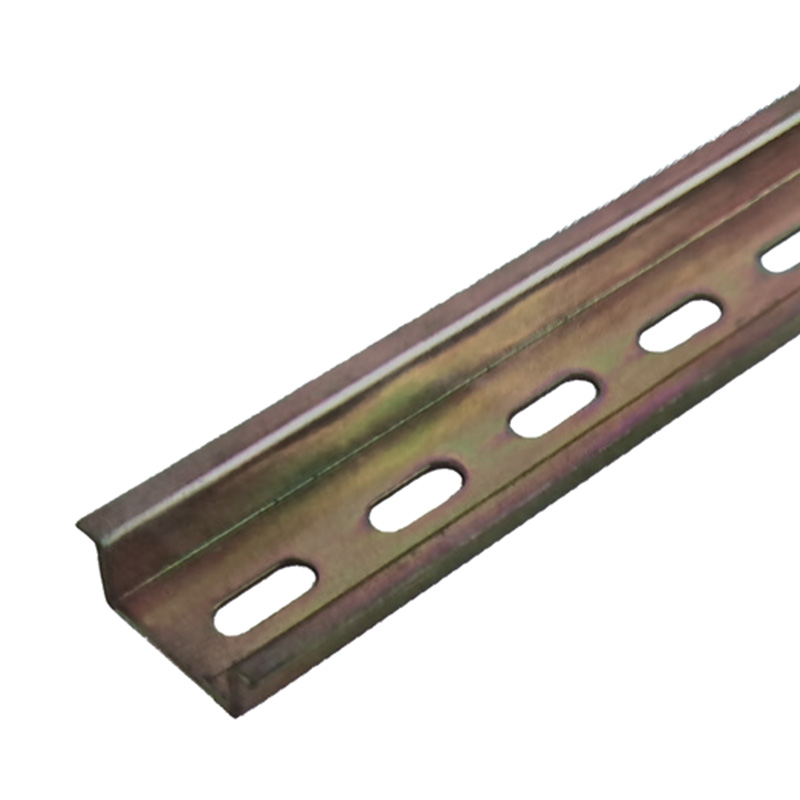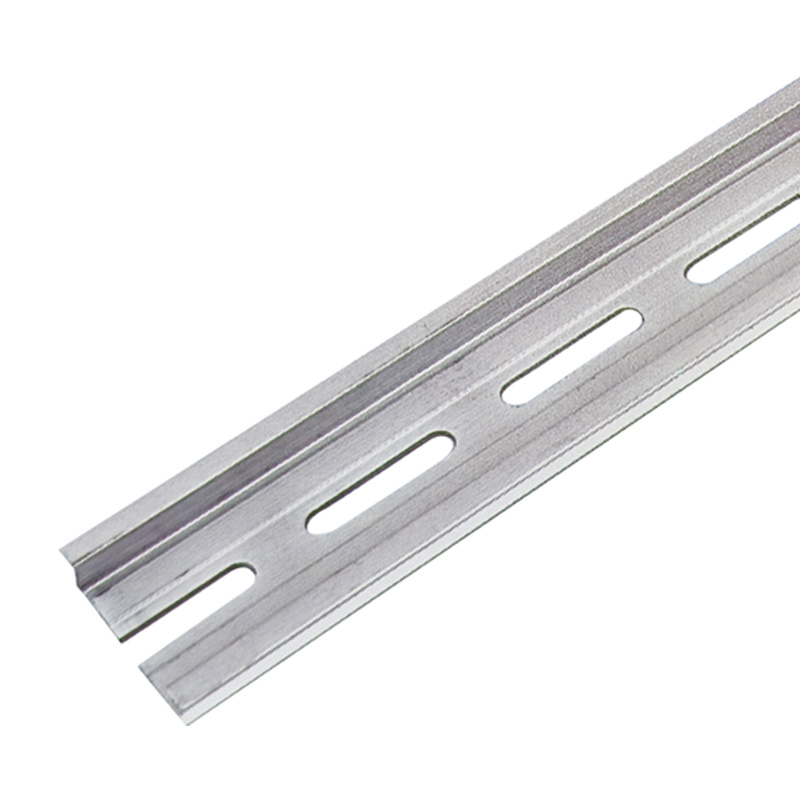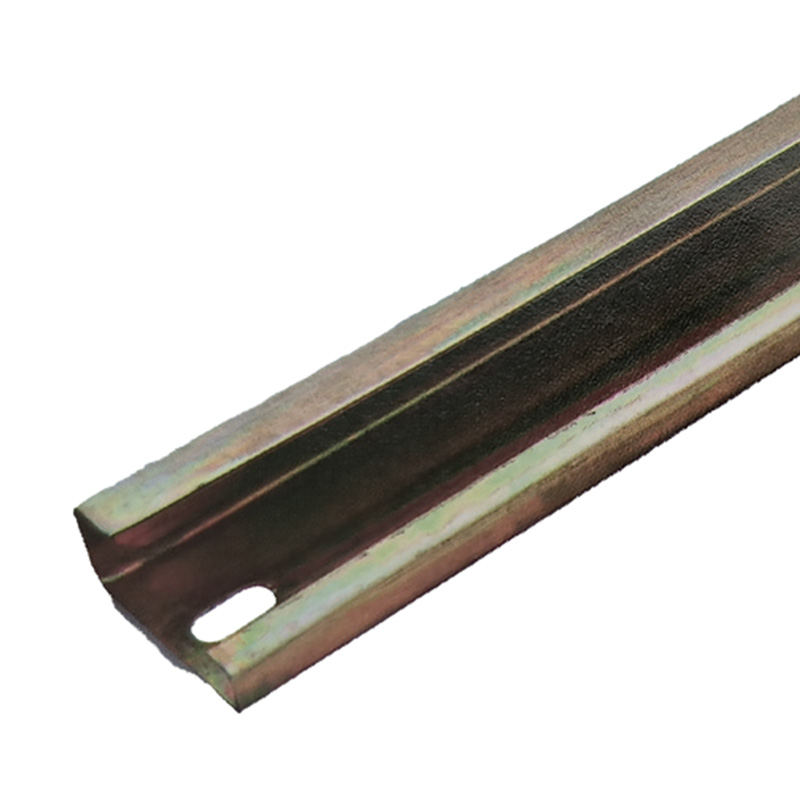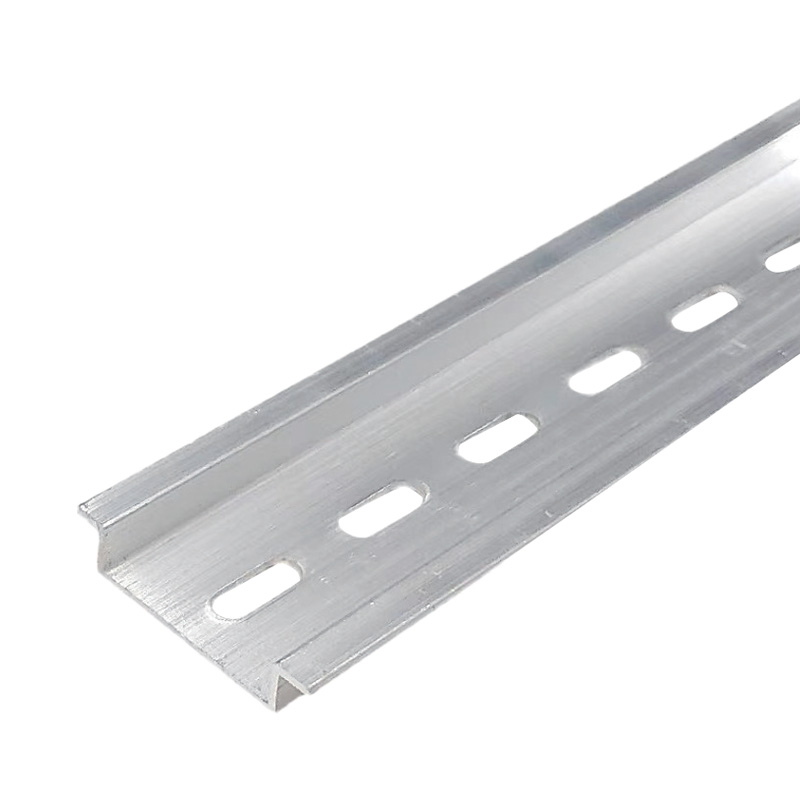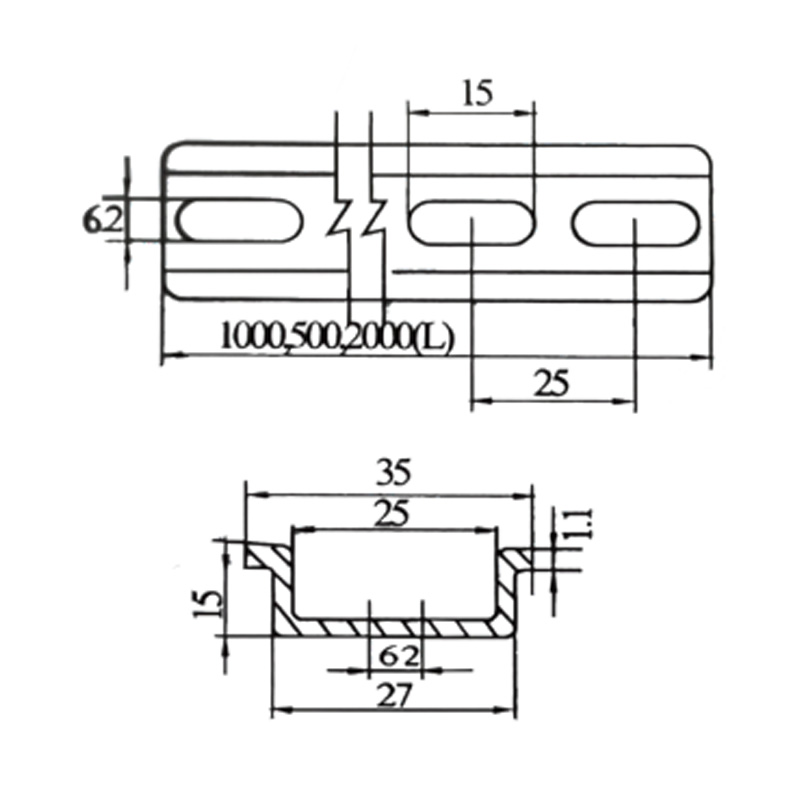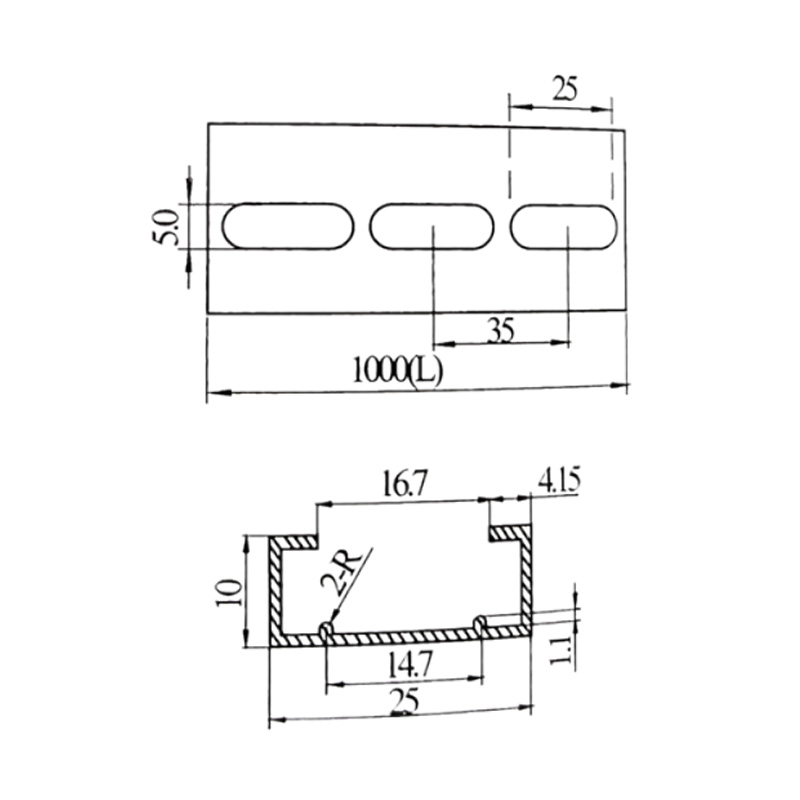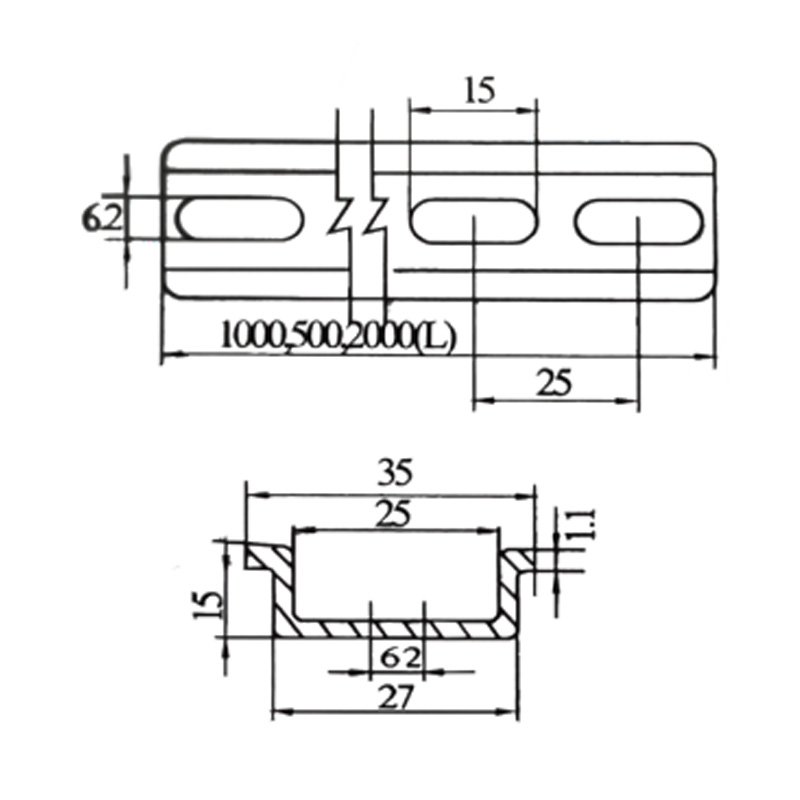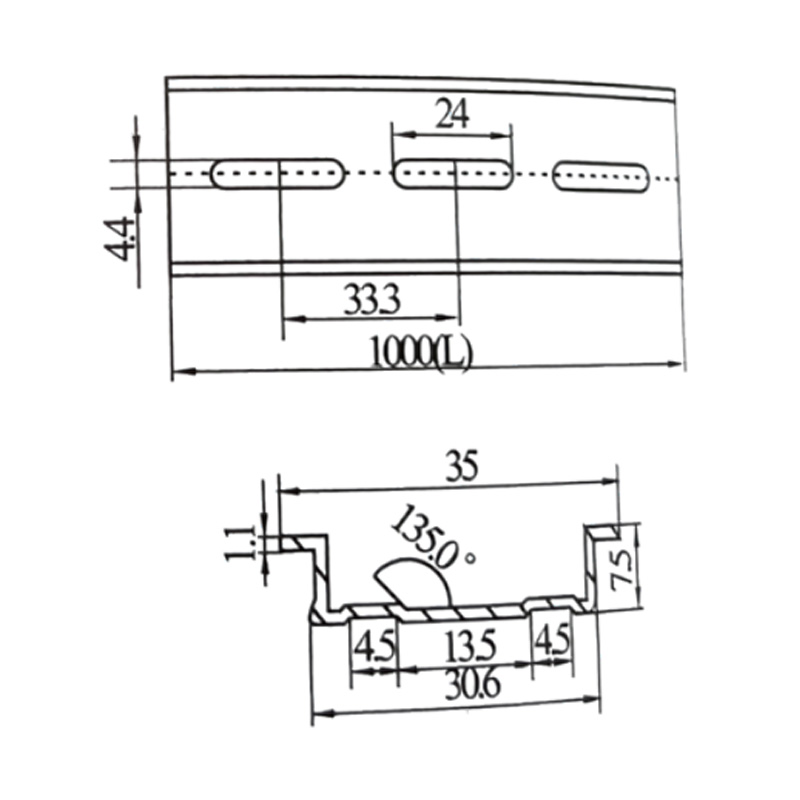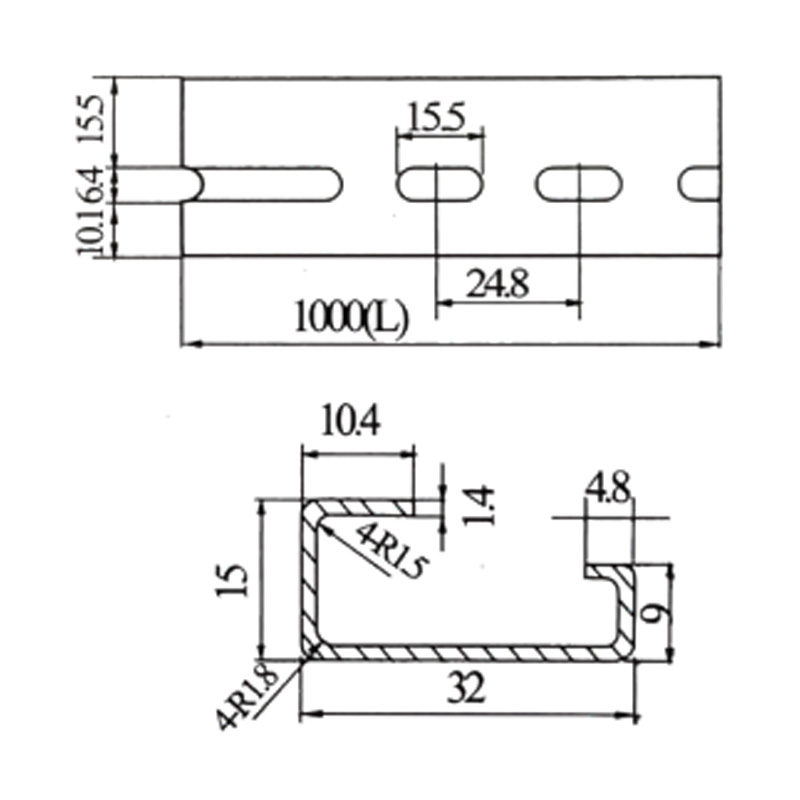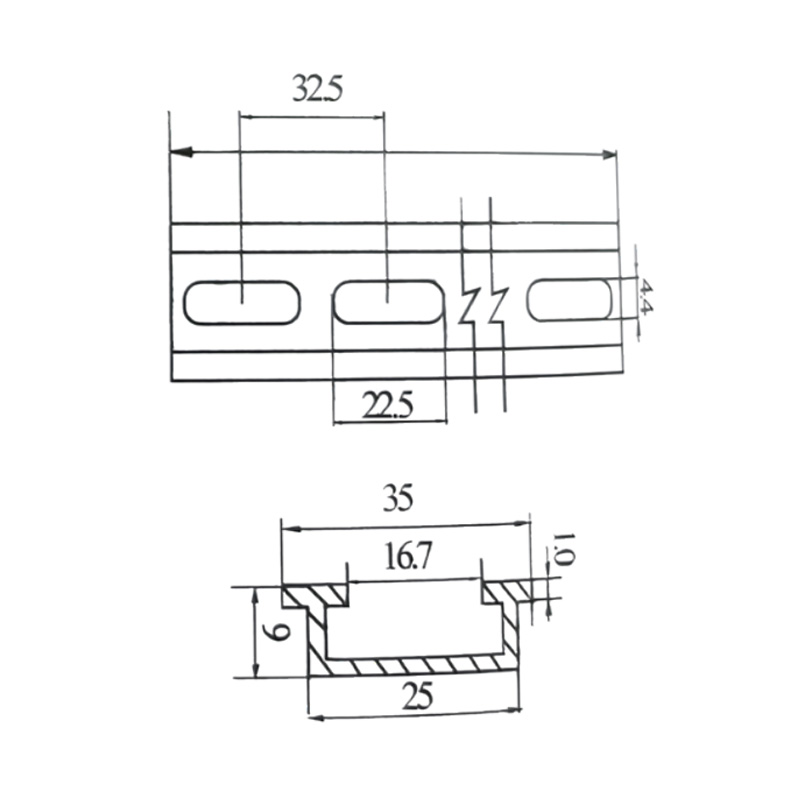Understanding and selecting the correct IP rating is essential when choosing a Waterproof Junction Box or Waterproof Distribution Box. It ensures safety, reliability, and long-term...
READ MORE-
-
Outdoor electrical installations face unique challenges that require specialized components to ensure their reliability and safety. Among the more important components are metal ca...
READ MORE -
Durability is a key factor when designing and maintaining electrical systems. With so many environmental challenges that electrical installations face—such as excessive temperature...
READ MORE -
Safety compliance is not just about adhering to regulations; it’s about protecting people, equipment, and infrastructure from the risks of electrical hazards. Electrical fires, sho...
READ MORE
What Are DIN Rails and Why Are They Essential in Electrical Installations?
DIN rails, a staple in the electrical and electronics industry, play a crucial role in the organization and mounting of electrical components. These metal rails are designed according to the Deutsches Institut für Normung (DIN) standards, ensuring uniformity and compatibility across various applications. This essay will explore the world of DIN rails, discussing their types, applications, and the importance of using DIN rails in electrical installations.
DU YOU KNOW DIN Rails: The Backbone of Electrical Systems
DIN rails are not just simple metal bars; they are the structural foundation for mounting electrical and electronic components in control panels, switchboards, and other industrial control systems. Their standardized dimensions and features allow for a wide range of components to be securely fastened and aligned in a systematic manner.
1. DIN Rails
DIN rails are named after the German industrial standard that dictates their design and dimensions. They are typically made from steel or aluminum and are available in various lengths to suit different applications. The rails have predrilled holes along their length, which allow for the secure mounting of components using screws or clips. The common types of DIN rails are the G (also known as the 35mm rail) and the 32mm rail, each with its own set of specifications and uses.
DIN rails are not just for show; they provide a robust and reliable mounting platform that can handle heavy loads and resist corrosion, ensuring long-term stability in harsh environments. Their use in electrical installations is not only about aesthetics but also about safety, as they help in reducing the risk of component damage and electrical shorts.
2. Terminal Block DIN Rail
Terminal blocks are a type of electrical connector that is commonly mounted on DIN rails. They serve as a junction point for multiple wires, allowing for the connection and disconnection of electrical circuits without the need for soldering. Terminal blocks on DIN rails are available in various configurations, including screw-type, spring-type, and insulation displacement types, each with its own advantages.
The use of terminal blocks on DIN rails simplifies wiring and reduces the risk of errors during the installation process. They are designed to accommodate different wire sizes and types, making them versatile for various applications. Moreover, terminal blocks provide a secure connection, preventing loose wires that could electrical faults or fires. Their modular nature also allows for easy expansion or reconfiguration of electrical systems as needed.
3. Slotted DIN Linear Rails
Slotted DIN linear rails are a specialized type of DIN rail that features slots along their length, allowing for the mounting of linear actuators, and other linear motion components. These rails are designed to provide a strong and stable platform for linear motion applications, ensuring smooth and precise movement.
The slotted design of these rails allows for the direct mounting of linear guides and other components without the need for additional brackets, reducing the complexity of the installation process. This not only saves time and labor but also ensures a more compact and streamlined design for the overall system.
Slotted DIN linear rails are typically used in automation, robotics, and other industries where precise linear motion is required. Their use in these applications is not just about providing a mounting platform but also about ensuring the durability and reliability of the linear motion system.


 English
English 中文简体
中文简体 Español
Español عربى
عربى

